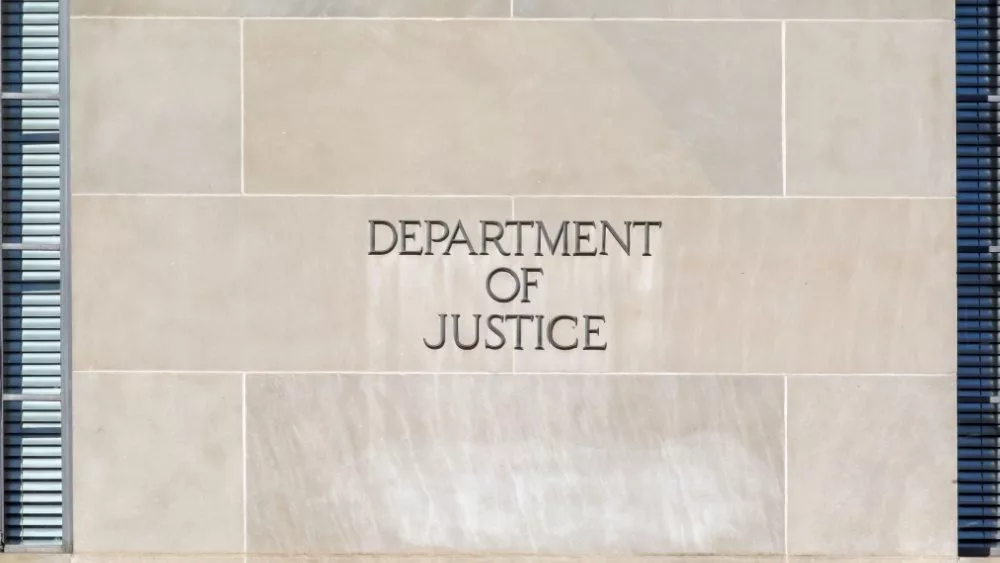The federal Bureau of Reclamation has started releasing excess water from Cheney Lake after the recent heavy rains across Kansas. Sedgwick County officials will be watching the area along the Ninnescah River and some residents have been warned to be ready to evacuate if necessary.
Cody Charvat with Sedgwick County Emergency Management said there’s no historical data to determine the impact of the water release, so it’s not clear what the extent of the flooding will be along the North Fork of the river. He said water will be flowing at 4,200 cubic feet per cent when the flood gates are fully opened, and the North Fork has a safe channel capacity of 1,500 cubic feet per second. Police and fire crews from Cheney, Viola and Sedgwick County will be watching the situation throughout the day.
Charvat said another question is the impact of the water release on the South Fork of the river, farther downstream into Clearwater, Peck and into Sumner County. He said some road closures are expected around Clearwater, but a broad impact for the public is not expected.
Sedgwick County public works director David Spears said his crews will be watching the area, and there is concern for damage to about a dozen county bridges in the area.
Cheney Lake is expected to reach a record height of 1,430.5 feet, even with the release. Regulations call for a water release if the level tops 1,429 feet to protect the dam.
Flood warnings have been issued for the Ninnescah River, as well as the Chikaskia, Arkansas and Little Arkansas Rivers in south central Kansas because of runoff from the past week of rain. Flood warnings are also in effect for a number of counties in central, south central, and southeast Kansas. The warnings include Sedgwick, Reno, Harvey, Kingman, Sumner, Butler, Cowley, Chase and Marion counties. A number of roads have been closed across Reno and Harvey counties because of flooding.
More rain and thunderstorms will be in the forecast starting Thursday, and that could add to the ongoing flooding concerns across Kansas, but storms are expected to be scattered instead of widespread.







